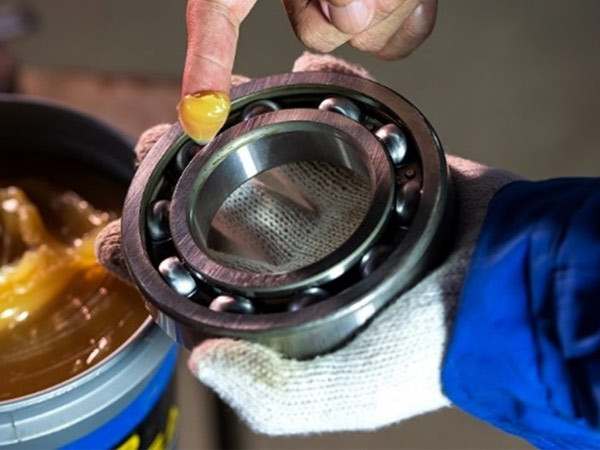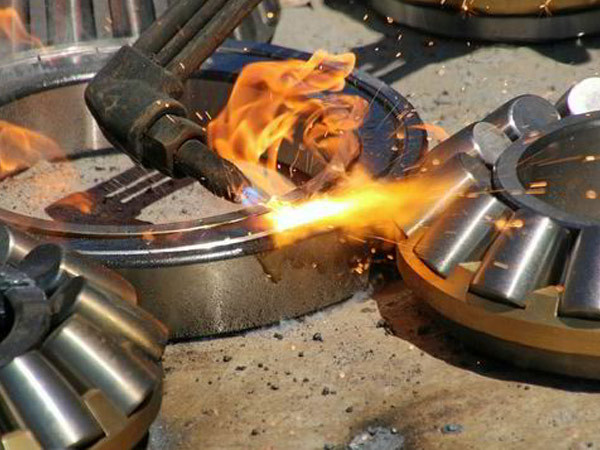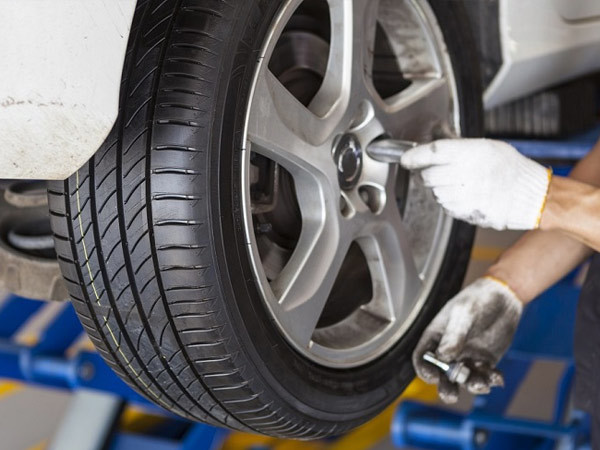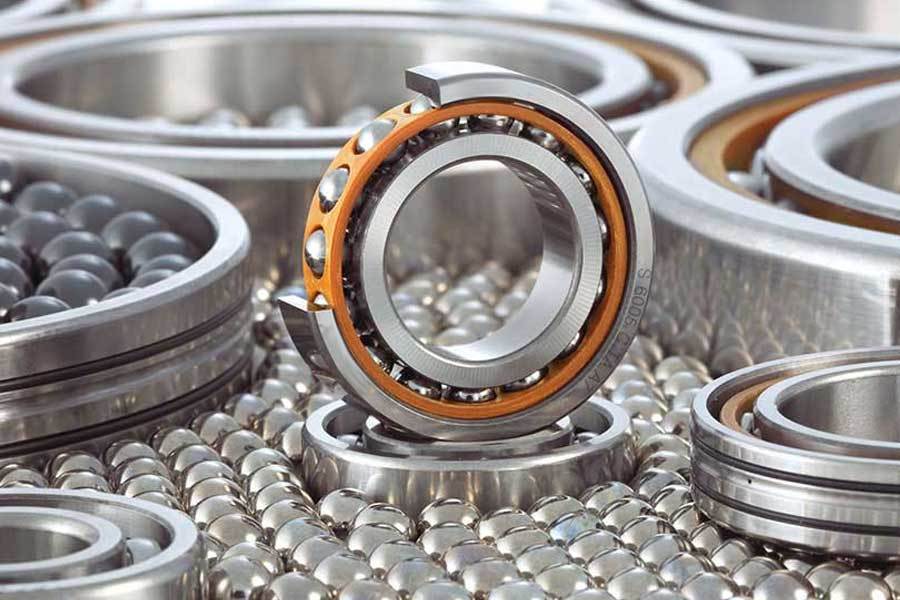Is bearing maintenance so important? !
Release time:
2023-11-23
It is said that three points depends on cultivation and seven points depends on maintenance. The same is true for bearings. Bearing maintenance is very important because it will affect the service life of the bearing.
The service life of a bearing refers to the number of revolutions or hours that the bearing undergoes before pitting occurs under a certain load. Bearings within this life should experience initial fatigue damage on any of their bearing rings or rolling elements.
However, in our daily actual use, it can be clearly observed that bearings with the same appearance under the same working conditions have very different actual lifespans.
Bearing maintenance cycle
How often should bearings be maintained? Bearings can theoretically be used for 20,000-80,000 hours, but the specific life span depends on wear during use, work intensity, and subsequent maintenance.
How to maintain bearings
In order for the bearing to fully exert its performance and maintain its performance for a long time, regular maintenance (regular inspection) must be carried out. Through appropriate regular inspections, it is very important to detect faults early and prevent accidents before they occur, which is very important for improving productivity and economy. Storage Bearings are coated with an appropriate amount of anti-rust oil and packaged with anti-rust paper when they leave the factory. As long as the packaging is not damaged, the quality of the bearings will be guaranteed. However, for long-term storage, it is best to store it on a shelf 30cm above the ground under conditions where the humidity is less than 65% and the temperature is about 20°C. In addition, the storage location should be away from direct sunlight or contact with cold walls. Cleaning When disassembling the bearing for inspection, first record the appearance using photography or other methods. In addition, confirm the amount of remaining lubricant and sample the lubricant before cleaning the bearings.
Bearing maintenance steps
1. Bearings are strictly replaced regularly, and the replacement cycle should be reasonably set according to the bearing operating conditions.
2. New bearings must be inspected before use. The inspection content is whether the packaging (preferably accompanied by instructions for use and certification) is intact; whether the logo (factory name, model) is clear; and whether the appearance (rust, damage) is in good condition.
3. New bearings that have passed the inspection do not need to be cleaned under normal use conditions (motor with 2 poles or above); new sealed bearings do not need to be cleaned.
4. The bearing caps and bearings must be cleaned before changing the oil. Cleaning is divided into rough cleaning and fine cleaning. The oil used for rough cleaning is clean diesel or kerosene, and the oil used for fine cleaning is clean gasoline.
5. After the bearing is cleaned, turn the bearing by hand and shake it radially and axially with your hands to initially judge whether it is loose or the gap is too large. Check clearance if necessary. If the balls or roller frames are found to be severely worn, rusted or metal peeled off, they should be replaced.
6. After cleaning and inspecting the bearings, wipe off the cleaning agent with a white cloth (or let it dry) and add qualified grease. It is not allowed to add different types of grease to the same bearing.
7. Do not allow dust in the surrounding environment when refueling; refuel with clean hands, slowly turn the entire bearing with one hand, and press the oil into the bearing cavity with the middle finger and index finger of the other hand. After adding one side, proceed to the other side. Depending on the number of motor poles, remove excess grease.
8. The oil amount of bearings and bearing caps: the oil amount of bearing caps is 1/2-2/3 of the bearing cap capacity (the higher the number of motor poles, the upper limit is taken); the bearing oil amount is 1/2-2/3 of the cavity of the inner and outer rings of the bearings. (The higher the number of motor poles, the higher the upper limit).
9. The motor end cover with oil supply holes and oil discharge holes must also be cleaned when changing oil to keep the passage unobstructed. The oil filling hole must be filled with oil when refueling.
10. Motors with oil replenishment holes must be replenished with oil regularly. The replenishing cycle is determined according to the motor operating requirements and operating conditions (generally, a two-pole motor is run for 500 hours in 24 hours).
11. When replenishing oil, the oil replenishing port must be clean. The amount of oil replenishment is limited to the point where the bearing temperature only rises by 2°C (for a 2-pole motor, use an oil gun to quickly inject oil twice and observe for 10 minutes, and decide whether to continue adding oil according to the situation).
12. When disassembling and assembling the bearing, it is necessary to ensure that the stress point is correct (the inner ring on the shaft is stressed, the inner and outer rings of the end cover are stressed) and the stress is uniform. The best methods are the press-in method (for small motors) and the thermal sleeve method (for large interference and large motors).
13. When installing the bearing, apply a little grease evenly on the contact surface. After the bearing is installed, the clearance between the inner ring of the bearing and the shaft shoulder must be checked (it is better to have no clearance).
14. The heating temperature of the bearing thermal sleeve method is controlled between 80 and 100°C, and the time between 80 and 100°C is controlled within 10 minutes. For oil heating, be sure to use non-corrosive mineral oil with good thermal stability (it is best to use transformer oil), and the oil and container should be clean. A metal mesh is installed 50 to 70mm from the bottom of the oil tank. The bearings are placed on the mesh, and large bearings need to be hoisted with hooks.
15. Conduct regular inspections on the motor and record the operating conditions of the motor (motor vibration, motor and bearing temperature, motor operating current). Generally, two-pole motors above 75KW are required once a day. When abnormal operating conditions occur, inspections will be strengthened and relevant parties will be notified.
16. All bearing maintenance work must be recorded as a basis for setting the regular bearing replacement cycle and determining bearing quality.
German IDC Bearings, headquartered in Michelbach, a traditional bearing manufacturing city in Germany, is committed to the production and technical services of precision roller bearings. With the products' local manufacturing in Germany, high cost performance, fast delivery and flexible customer service, the products are widely used in various industrial fields. If you want to know more professional knowledge about roller bearings, please call us for consultation.
News










